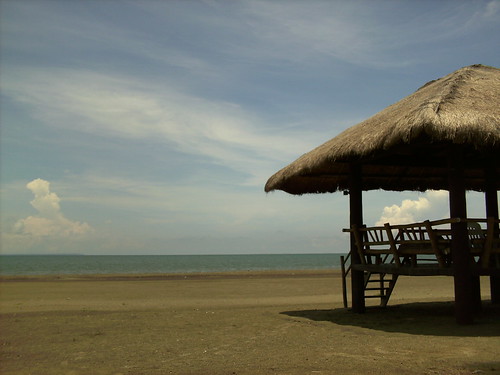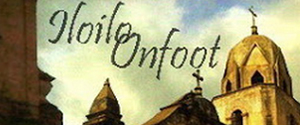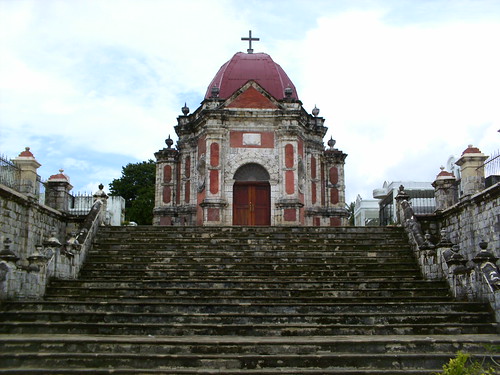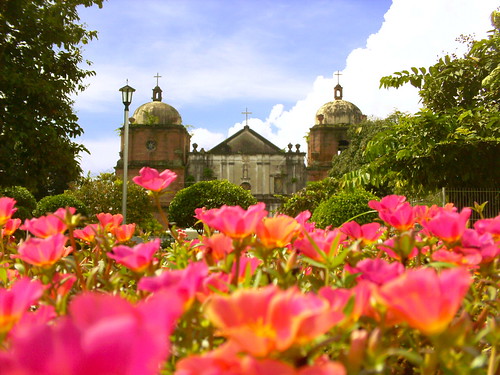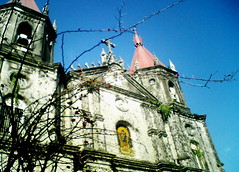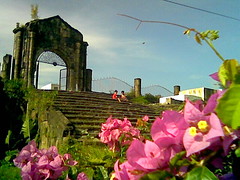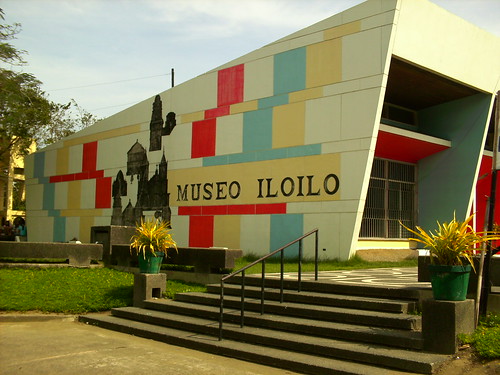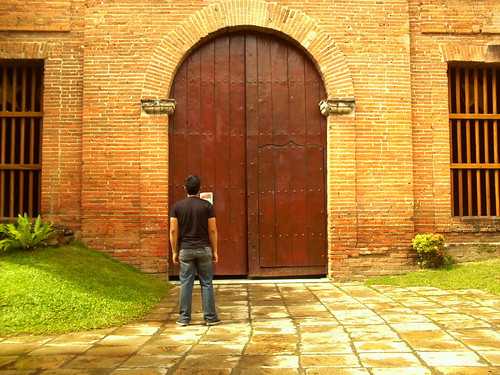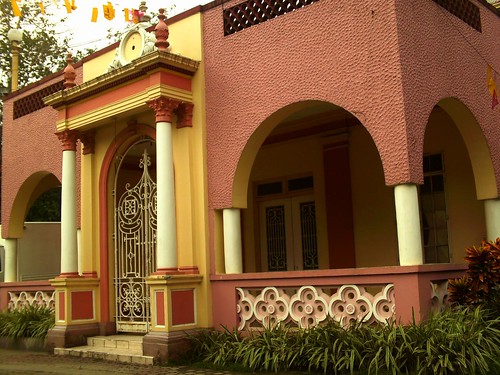 An old Mansion turned into a restuarant, well that's not a first but I guess you'd still love the thought that your dining in one of most historical places in the city. Andoks is a popular Chicken Fastfood Restaurant which was established a few years ago. One of it's first branches in Iloilo City was at Jaro when the old orange mansion in front of the public park was turned into a restaurant which everyone knew as 'Ihaw-ihaw republic'. 'Ihaw-ihaw' is another way of roasting meat and is also known as 'inasal' that is a popular delicacy in the cities of Iloilo and Bacolod.
An old Mansion turned into a restuarant, well that's not a first but I guess you'd still love the thought that your dining in one of most historical places in the city. Andoks is a popular Chicken Fastfood Restaurant which was established a few years ago. One of it's first branches in Iloilo City was at Jaro when the old orange mansion in front of the public park was turned into a restaurant which everyone knew as 'Ihaw-ihaw republic'. 'Ihaw-ihaw' is another way of roasting meat and is also known as 'inasal' that is a popular delicacy in the cities of Iloilo and Bacolod. The Old mansion is mexican inspired perhaps because of it's festive colors and overwhelming arched details. The mansion is known for its lovely intricate portal which is neoclassic and the rest of the house is detailed using the styles of Art Deco.
If you're simply looking for place to nibble on some good food, or simply give your feet some rest or refresh yourself with coolers then try visiting Andoks, a dining center that is tinged with a spice of history.



